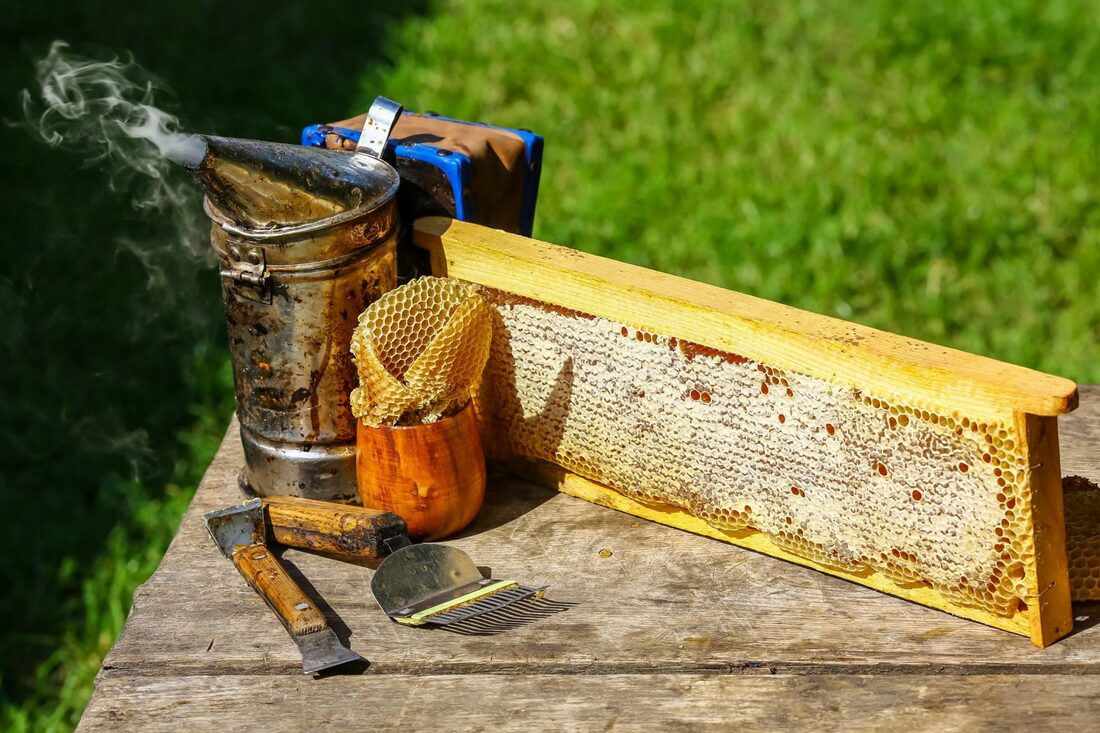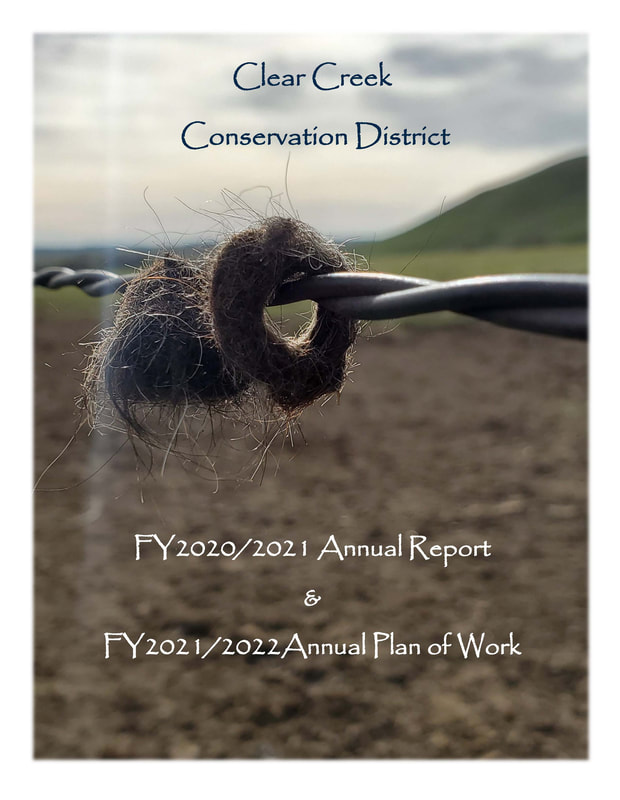Clear Creek Conservation District
Since 1946
307-620-3021
500 W Lott St, Suite B - office location
Office Hours: Monday - Friday 7:30 am - 3:30 pm (thru October)
Closed 12-1 for lunch
We are in the field occasionally and also attend meetings and trainings. If you find our closed sign up, please check the door for our phone numbers and for when we will return!
500 W Lott St, Suite B - office location
Office Hours: Monday - Friday 7:30 am - 3:30 pm (thru October)
Closed 12-1 for lunch
We are in the field occasionally and also attend meetings and trainings. If you find our closed sign up, please check the door for our phone numbers and for when we will return!


